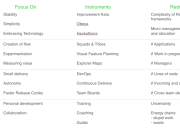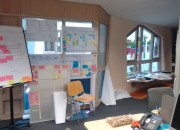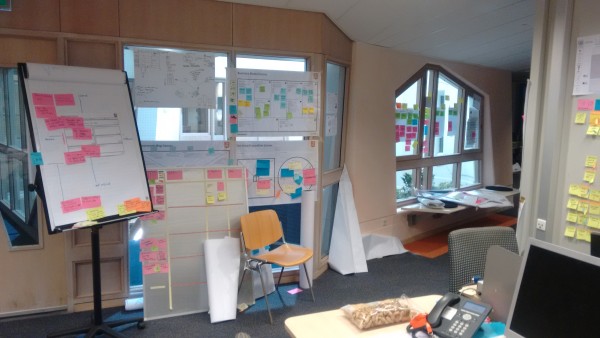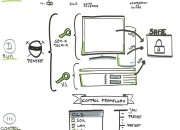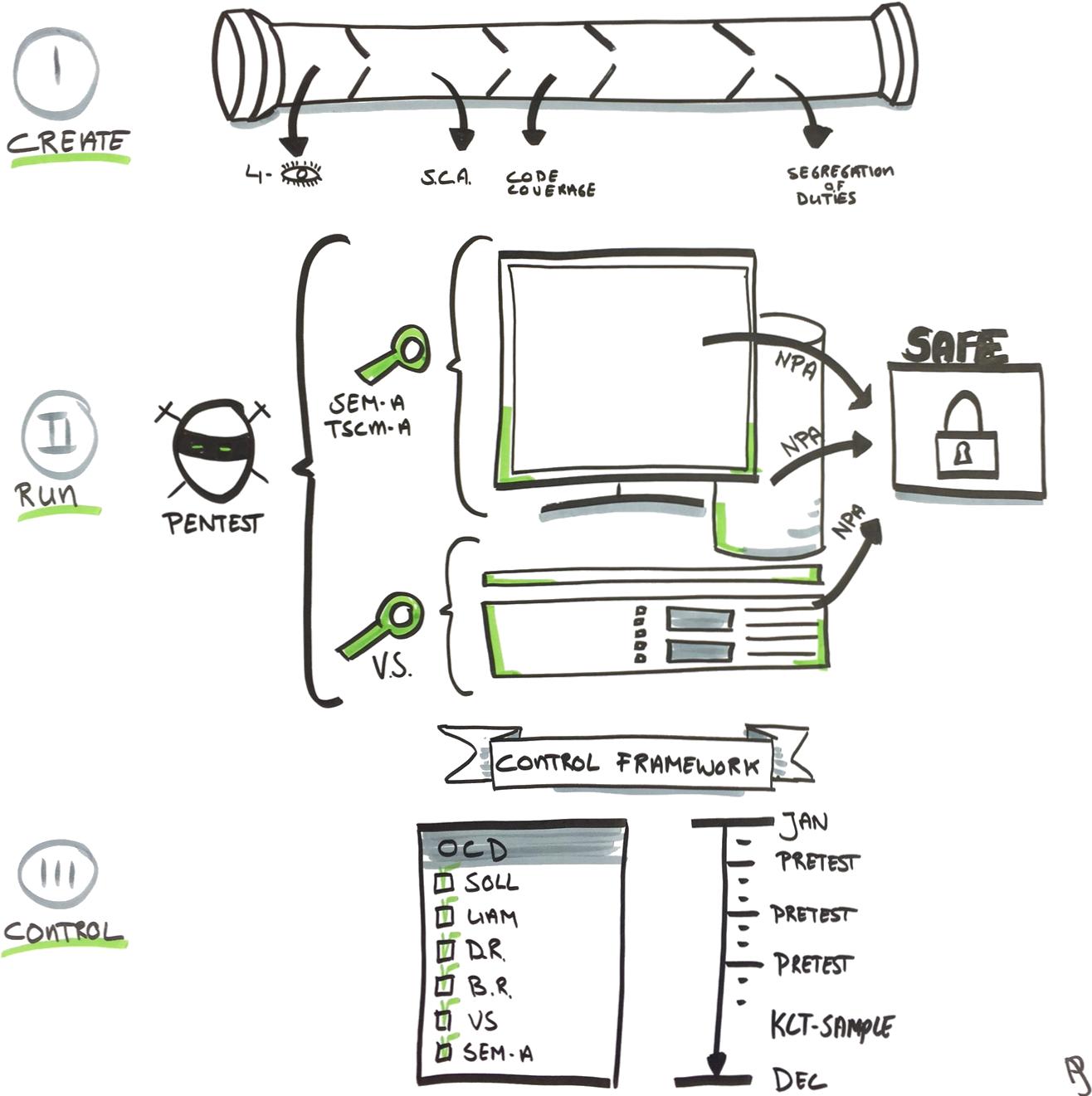Many great books are available describing organisational transformation. Each of them has a particular focus from culture, way of working, Continuous Delivery towards waste reduction. Some of them focus on Agile, Scrum, Lean Startup or at the Spotify Model (as some people have named them).
Transforming an organisation at scale is not a simple task. It requires leadership, perseverance and a continual focus on improvement. Not for a month, not even a year, but many years in order to achieve success. Transforming an organisation is like driving on route 66; you have a clear focus but it seems a never-ending road with a lot of dangerous situations throughout the ride.
Many of these changes start with a focus on Scrum, Continuous Delivery or frameworks to slice and prioritise work across multiple teams. The questions I get from time to time are how are all these instruments or hypes are related to each other. What is of value in transforming your organisation? I’ve summarised the most important elements in the D.O.T. Model, a model that gives instruments for Deep Organisational Transformation.
The Deep Organisational Transformation Model
This model does not hold any new instrument but combines existing instruments in a framework of 4 layers, which describe the total scope of an organisation. I’ve learned that if you want to change an organisation, it’s not only the teams that should change. Everyone should bring sacrifices, processes should be simplified and waste must be removed. Only if this is applied from the individual employee all the way to the deep roots of your large company can an organisation can change.
Each of the 4 layers require a different focus
The model describes 4 layers:
- The individual employee
- The teams with +/- 8 employees
- The domain with +/- 1200 employees
The organisation with 1200+ employees.
As you can imagine, each layer has its own focus area. Focusing on simplicity, flow, experimentation and autonomy are some of them. To transform your organisation these are areas you need to constantly focus on. The focus areas are closely related to one another. The items that should be reduced on each level have an enormous impact on the things that you want achieve.
A set of instruments that really matter by transforming your organisation
There are so many buzzwords out there in the Agile world, and also a lot of instruments. If you really want to change your organisation, some of them matter more than others.
On the D.O.T. model, each layer is given 3 of the most important instruments for your transformation. When applying these you’ll discover a slow but steady change of your organisation.
If you need more information about this model, please have a look at the Slideshare above.
Purpose of the D.O.T. model is to give an overview
The purpose of the deck is not to be exhaustively in all the items that are involved in an Agile transformation. It is also not the aim of this blog or the slides to describe a complete transformation. The simple purpose is to give a clear overview of all items that matter during a transformation.
Normally I do publish in Dutch but this time I choose English to reach more people. Other posts will be in Dutch again.
![]() Do you want to receive a WhatsApp message if a new post is published?
Do you want to receive a WhatsApp message if a new post is published?
Please send me a message to +31645112490
